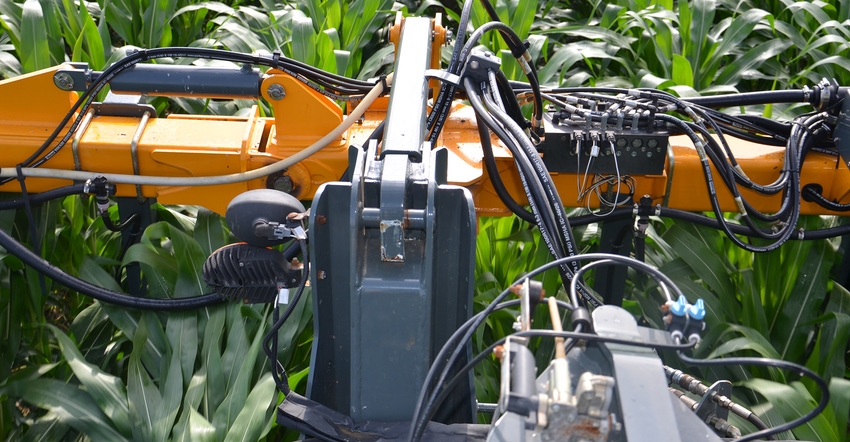April 13, 2020

We applied 140 pounds per acre of actual nitrogen preplant and added another 30 pounds at planting. We average 200 bushels of corn per acre. Our plan is to add another 30 to 50 pounds with a high-clearance applicator, if the crop is worth it. We also will decide on fungicides then. Are there guidelines to help decide if the crop is worth the extra investment?
Profit Planners panelists include David Erickson, farmer, Altona, Ill.; Mark Evans, Purdue University Extension educator, Putnam County, Ind.; Jim Luzar, retired Purdue Extension educator, Greencastle, Ind.; and Steve Myers, farm manager, Busey Ag Resources, LeRoy, Ill.
Erickson: Work with a reliable crop consultant who doesn’t have a vested interest in selling you something. Think about crop potential, current and projected disease pressure, and market price of the crop. It’s easy to throw more money at a crop when yield and prices are good, but I encourage you to manage for averages: average yields, with normal trend line improvement, and average prices. As responsible farmland stewards, we must commit to doing our part for reducing nutrient loss. Using inputs with the hope to break even is a gamble that I don’t normally take.
Evans: The number of kernel rows is heavily influenced by genetics. The number of kernels per row is decided by growth stage V12. The need to have the latest-applied N in place at that time would seem very important. The rates you suggest add up to 200 to 220 pounds per acre total N and seem rather high, since the later application should add efficiency and minimize loss. Consider the relative cost of N for the relative return based on corn cost using Purdue University Agronomy nitrogen recommendations.
You could cut input costs by perhaps lowering your least-efficient preplant nitrogen inputs if you have a high-clearance applicator. Factors to consider in determining if it’s worth additional nitrogen include stand and stand variability.
Luzar: So many factors determine adequate N application: prior crop, timing of application, manure application, source of N, soil type and drainage. We know preplant application of N can result in product loss. Sidedressing is the best way to minimize loss. This may or may not be an option for you.
The extra 30 to 50 pounds of N appears to be the mechanism to compensate for preplant loss. Consult with your crop adviser or nutrient vendor to discuss how to do the late-season application, if you do it. It seems this treatment would be contingent upon crop health, input and corn prices, and evidence of early-season N loss.
For fungicides, engage the same methodology to determine if products should be applied. Pay attention to crop health, environmental conditions and expected benefit.
Myers: Your previous experiences, both successes and failures, are the key to these agronomic decisions. While that may appear to be a cop-out, the key word is “agronomic.” It infers that optimum economics of gaining those bushels is considered, as well. Obviously, crop conditions and in-season crop health, combined with commodity pricing, should be considered. Scouting and testing are crucial. If you do not currently have a testing base of knowledge, now is a good time to start. Build upon your foundation of current knowledge, and tweak as needed.
You May Also Like




